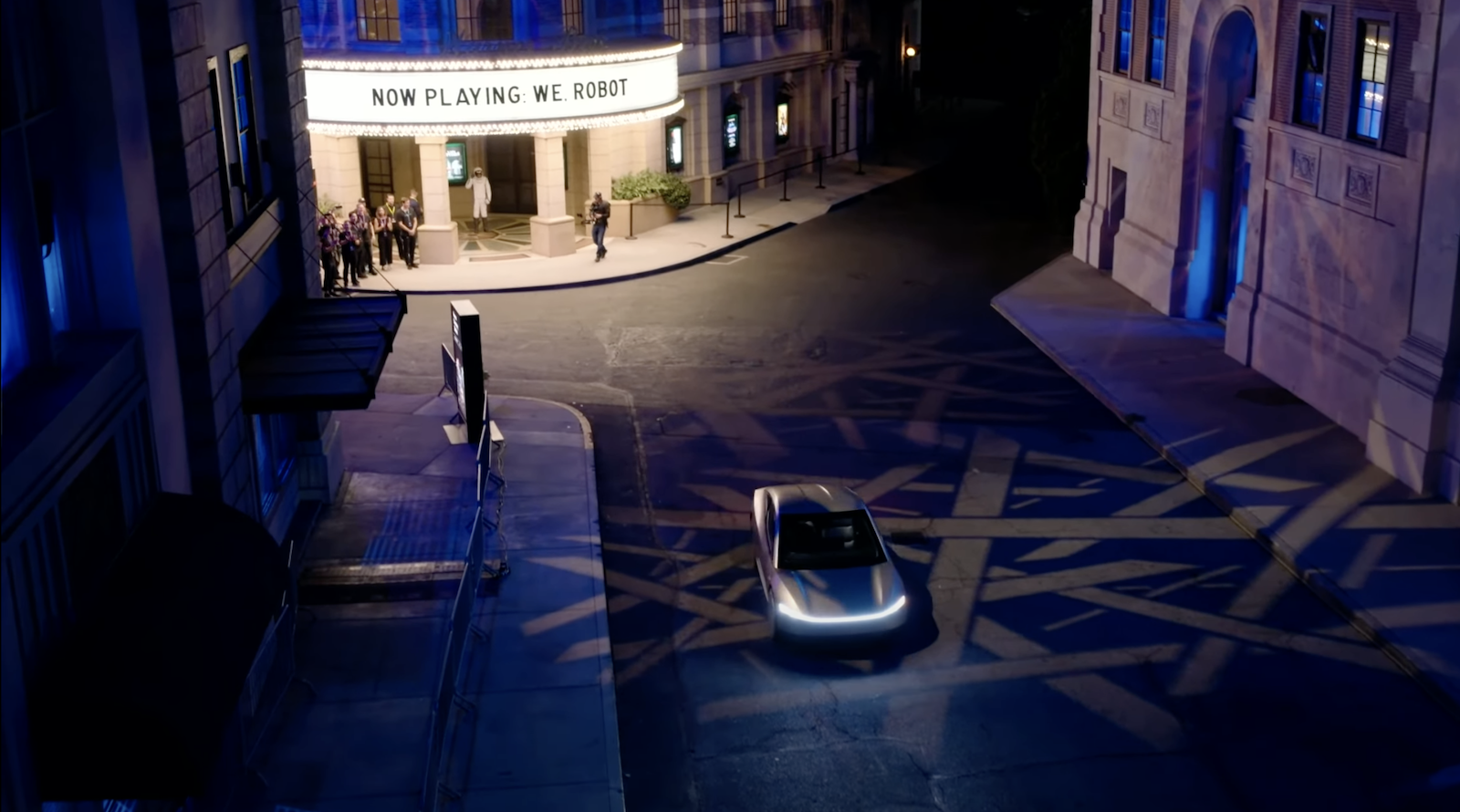Sign up for CleanTechnica’s Weekly Substack for Zach and Scott’s in-depth analyses and high level summaries, sign up for our daily newsletter, and/or follow us on Google News!
I published an article the other day on flaws in the robotaxi revolution dream. It was based on a reader comment that I wanted to highlight. However, there was another reader comment I had spotted to highlight as well, and it gets even a bit more granular. Here’s that comment, from Matthew2312:
The entire robotaxi discussion has never made any sense to me. Let’s look at the US market where we already have human drivers on demand anywhere robotaxis are going to realistically operate that already do everything a robotaxi can do and then some. As a result, we already know how big that market is (at least at the current pricing).
- The total number of taxis and rideshare vehicles in the US is around 2 million.
- More than 50% of all Uber trips are package or food delivery. A robotaxi cannot do most of that. So the total number of vehicles involved in people trips is less than one million.
- Nearly all of the human rideshares are part time deployed assets unlike robotaxis.
- If you translated that to automated taxis at current pricing it is maybe 800,000 vehicles.
Okay, so the market already exists, it is fully served by human drivers, and it requires 800,000 vehicles. But what if the market grew? Could you massively cut prices (say, by 50%) so that you would get a huge surge in ridership? No. Here’s why:
- Rideshare drivers earn $25–$31 gross per hour. That is before deducting vehicle costs. So the net will run $15–$20 an hour.
• When you complete all the math, the driver gets 35%–45% of the fare. So if that dropped to zero, you could reduce the cost by 40%. But it won’t drop to zero because the driver also does a bunch of stuff someone still needs to do, like maintaining the vehicle (routine cleanout between rides and shifts, etc.), monitoring the vehicle’s condition, refueling, etc. So let’s be generous and say 35% savings.
Now, if the cost was 35% less per ride than it is today, how much bigger would the market be? 1.5×? It is certainly not much more. So that is 1.2 million vehicles? And how profitable is that business? The Uber part of the business is still barely profitable (and helped significantly by the package/food delivery service). If we dropped prices by 35%, the profitability would be near zero. So to keep a reasonable gross margin, you cannot drop prices by more than 20% which means the market grows by what 25%? There is just not that much money to be saved by getting rid of the driver and the elasticity of demand is not that great.
You can build a model around this, but in a nutshell, there is a million-vehicle business here that has the potential to generate a pretty good $20 billion a year in income in the US. Split across a few operators, you will probably haircut that for competition, but there are a few $5 billion a year Net Income businesses to be had. Certainly not chicken feed, but not game changing either. Waymo gets its $5B. Who else?
Oh, and for Tesla, the robotaxi business — if it reaches its full potential and Tesla is one of a few leaders — could justify maybe 10% of the current valuation on an optimistic view. So there is little surprise that Musk shut down the analysis.
Great points.


Whether you have solar power or not, please complete our latest solar power survey.

Have a tip for CleanTechnica? Want to advertise? Want to suggest a guest for our CleanTech Talk podcast? Contact us here.
Sign up for our daily newsletter for 15 new cleantech stories a day. Or sign up for our weekly one on top stories of the week if daily is too frequent.
CleanTechnica uses affiliate links. See our policy here.
CleanTechnica’s Comment Policy

